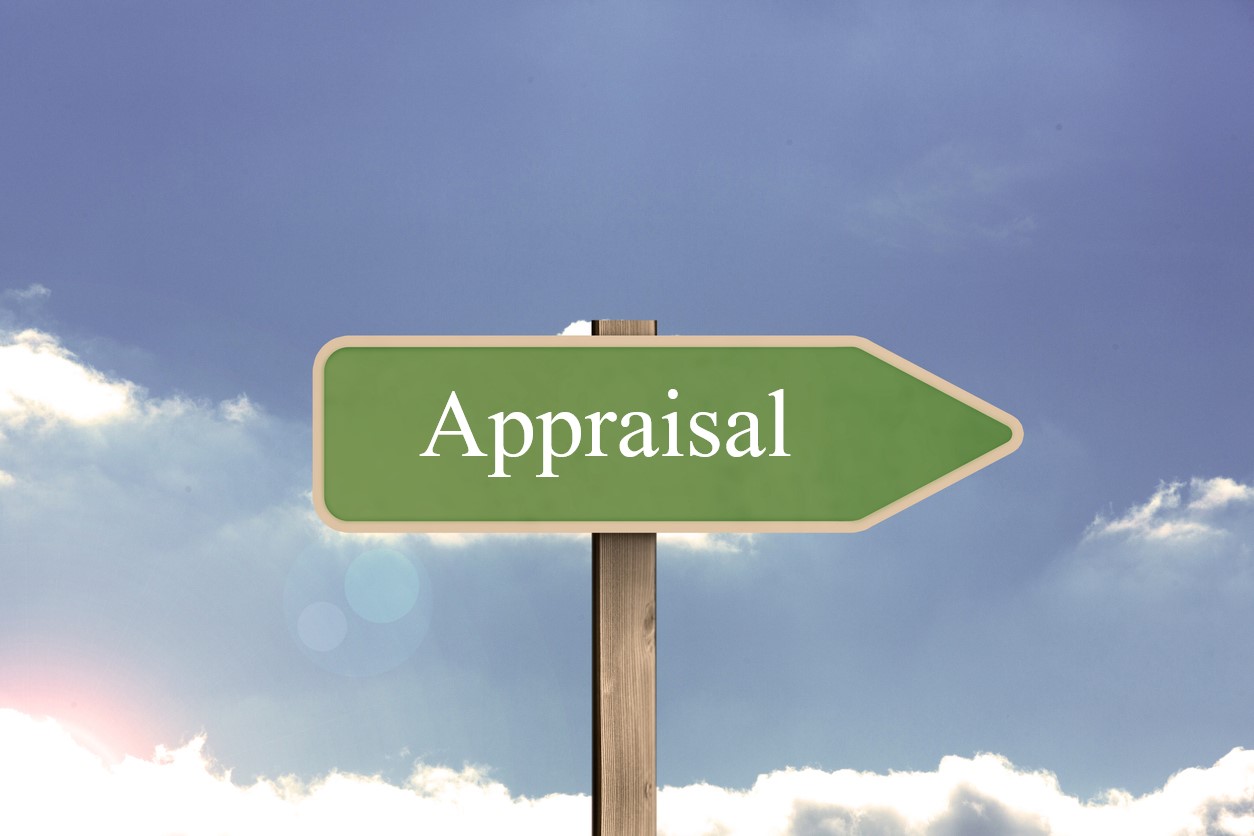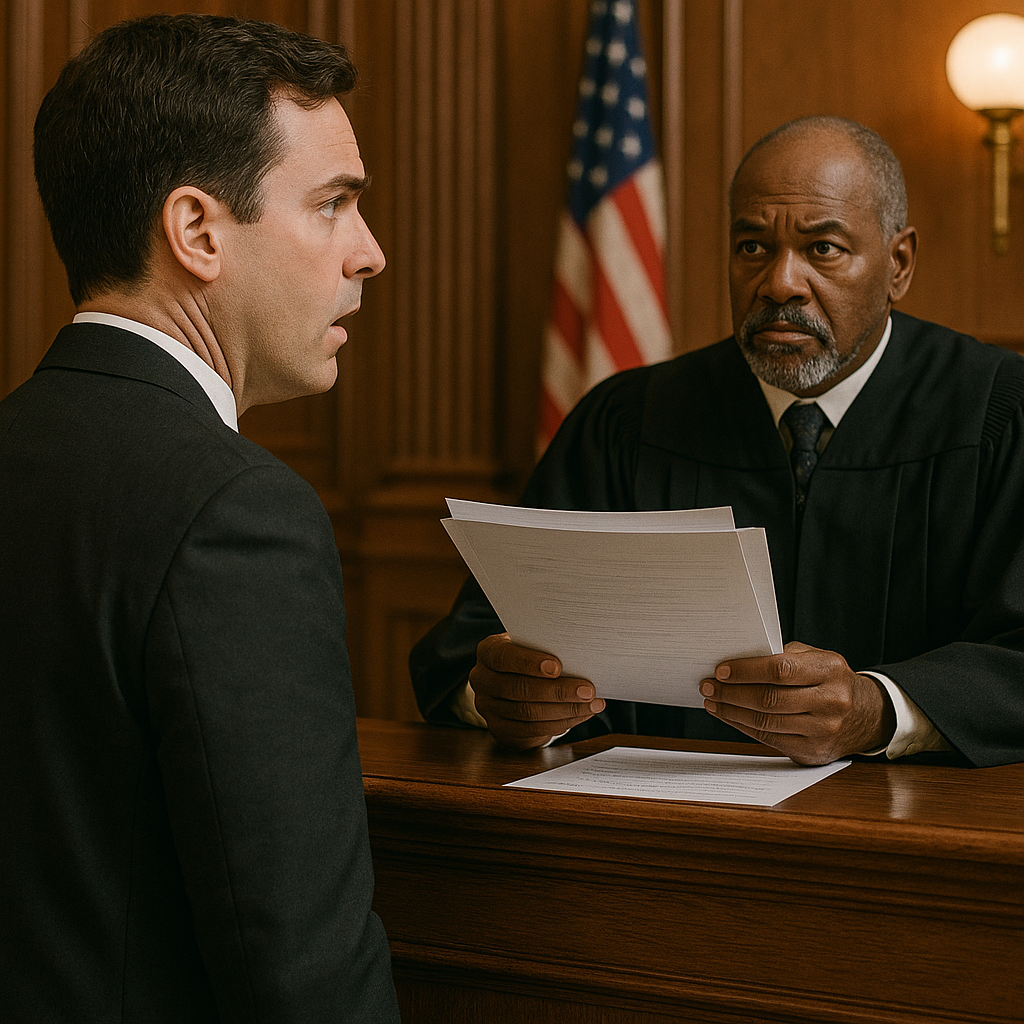Neither the Illinois Supreme Court nor the Illinois Appellate Court has weighed in on whether “causation” is appropriate for appraisal. Numerous Illinois federal district trial courts have, concluding that disputes as to (a) causation (whether the damage was caused by a covered peril), (b) the scope of damage (the extent or scope of the physical damage from the covered peril), (c) the scope of repairing or replacing the damage, (d) the cost of repairing or replacing the damage, (e) matching (the cost of repairing/replacing a physically undamaged building component to remedy a mismatch with a repaired/replaced damaged building component), and (f) whether the damage is extensive enough to require employing a general contractor are disputes as to the “amount of loss,” not coverage, and thus appropriate for appraisal.1
Despite this wealth of authority supporting that a causation dispute is appropriate for appraisal, insurers continue to take a run at arguing it is not, as evidenced in B&D Investment Group, LLC v. Mid-Century Ins. Co.,2 which was my case. There, a commercial building in Justice, Illinois, was damaged by hail. The insured submitted a claim for hail damage. Mid-Century found there was hail damage to metal vents on the roof of the building and estimated the repair costs to be $4,271.95. Mid-Century found no hail damage to the roof itself. The insured disagreed with that assessment and insisted that there was additional damage to the building—specifically the roof. As such, the insured made a written demand to Mid-Century for an appraisal regarding the hail loss pursuant to the insurance policy’s “Appraisal” provision. Mid-Century rejected the insured’s appraisal demand, claiming in a letter that there was no disagreement about the loss amount. Mid-Century concluded that the condition of the roof was due to wear and tear and, therefore, constituted an excluded cause under the policy.
Shortly after suit was filed, I moved for judgment on the pleadings, requesting the federal district court compel the parties to proceed with an appraisal to determine the amount of the hail loss to the building. In opposing the motion, Mid-Century took the position that appraisal is limited to determining the amount of loss with respect to property in which there is no dispute regarding causation or coverage, which according to Mid-Century in this case, was “soft metal” components on the building’s roof. Because it claimed there was no dispute between the parties as to the amount of the hail loss to these soft metal components, Mid-Century posited that appraisal was not appropriate.
The district court disagreed, concluding that Mid-Century’s position was contrary to the “Coverage” grant in the policy, which only required direct physical loss of or damage to the building and not direct physical loss of or damage to each individual building component, such as the roof. Because the building sustained hail damage, and since hail was a covered cause of loss, as it was neither limited nor excluded by the policy, the district court concluded that determining the cause of all of the damage to the building would be part of the appraisal process to determine the amount of the hail loss.
In so far as the Illinois federal district courts in the Northern Division are concerned, causation is a coverage question for the court when an insurer wholly denies there is a covered loss, and an amount of loss question for the appraisal panel when an insurer admits there is covered loss, the amount of which is disputed. Stated differently, causation, the scope of the covered damage, the scope of repairing or replacing the covered damage, the cost of repairing or replacing the covered damage, matching, and whether the damage is extensive enough to require employing a general contractor are issues to be decided by an appraisal panel in determining the amount of loss where an insurer admits coverage. Indeed, as the district court explained, Mid-Century’s claim representative determined what damage he believed was caused by hail and what damage he believed was not caused by hail, further establishing that determining what damage is caused by a covered peril and what damage is not is inherent in a claim representative’s duty in determining the amount of a loss.
Notably, in BobBeck Parker, LLC v. Travelers Indem. Co. of Am.,3 which was Merlin Law Group attorney Larry Bache’s case, the Tenth Circuit Court of Appeals recently addressed whether an appraisal provision that allows either party to request an appraisal on the “amount of loss” encompasses causation disputes like the one between the parties in B&D Investment Group, LLC. There, like the insurer in B&D Investment Group, LLC, Travelers acknowledged that some of the claimed damage to BonBeck’s property was caused by a covered hailstorm but argued that the remaining damage was caused by uncovered events such as wear and tear. BonBeck requested an appraisal to determine how much damage occurred, but Travelers refused this request unless BonBeck agreed that the appraisers would not decide whether the hailstorm caused the disputed damage. When BonBeck rejected this condition, Travelers filed suit, seeking a declaratory judgment that the appraisal procedure in BonBeck’s policy did not allow appraisers to decide the causation issue. The Tenth Circuit Court of Appeals affirmed the district court’s ruling allowing the appraisers to resolve the parties’ causation dispute, reasoning as follows.
First, because the phrase “amount of loss” was undefined in the Travelers policy, as it was in the Mid-Century policy issued to the insured in B&D Investment Group, LLC, the Tenth Circuit looked to several dictionary definitions of the word “loss” to determine its plain and ordinary meaning. Illinois courts follow this same principle in interpreting an undefined insurance policy word or term.4 The Tenth Circuit concluded that all of the definitions it quoted included a causation component, each making clear that “loss” refers to damage resulting from a covered event.
Second, the Tenth Circuit cited to several state and federal court opinions that had reached the same conclusion after citing to the same definitions it quoted in its opinion. One of those decisions was CIGNA Ins. Co. v. Didimoi Prop. Holdings, N.V.,5 an opinion Judge Bucklo relied upon in Runaway Bay Condo. Ass’n, and an opinion Magistrate Judge Mason cited to in Philadelphia Indem. Ins. Co. v. Northstar Condo. Association. Judge Bucklo also cited the BonBeck Parker, LLC district court opinion6 in reaching her conclusion that a question concerning the cause of the damage to Runaway Bay’s property was appropriate for appraisal.
Finally, the Tenth Circuit looked to the purpose of the appraisal provision, which it stated simply confirmed what the text compelled. The appraisal provision’s aim is to avoid litigation and encourage settlement of the parties’ dispute. Removing causation from the appraisal process frustrates that purpose by reserving a plethora of detailed damage assessments for judicial review, the Court citing to Didimoi Prop. Holdings, N.V., and other decisions as support for that statement.
Legally, the BonBeck Parker, LLC decision is consistent with all of the Northern District of Illinois, Eastern Division decisions that likewise have concluded that a dispute as to causation is a dispute as to the amount of loss and not a dispute as to coverage.
_____________________________________________
1 See, e.g., Adam Auto Group, Inc. v. Owners Ins. Co., 2019 WL 4934597 (N.D. Ill. Oct. 7, 2019); Windridge of Naperville Condo. Ass’n v. Philadelphia Indem. Ins. Co., 2018 WL 1784140 (N.D. Ill. Apr. 13, 2018); Spring Point Condo. Ass’n v. QBE Ins. Corp., 2017 WL 8209085 (N.D. Ill. Dec. 13, 2017); Runaway Bay Condo. Ass’n v. Philadelphia Indem. Ins. Co., 262 F.Supp.3d 599 (N.D. Ill. 2017); Windridge of Naperville Condo. Ass’n v. Philadelphia Indem. Ins. Co., 2017 WL 372308 (N.D. Ill. Jan. 26, 2017); Philadelphia Indem. Ins. Co. v. Northstar Condo. Ass’n, 15-10798 (N.D. Ill. Oct. 18, 2016 (D.E. 34)).
2 B&D Investment Group, LLC v. Mid-Century Ins. Co., 2021 WL 6125853 (N.D. Ill. Dec. 28, 2021).
3 BobBeck Parker, LLC v. Travelers Indem. Co. of Am., 14 F.4th 1169 (10th Cir. 2021).
4 See West Bend Mut. Ins. Co. v. Krishna Schaumburg Tan, Inc., 2021 IL 125978, ¶ 38.
5 CIGNA Ins. Co. v. Didimoi Prop. Holdings, N.V., 110 F.Supp.2d 259, 264 (D. Del. 2000).
6 Travelers Indem. Co. of Am. v. BonBeck Parker, LLC, 223 F.Supp.3d 1155, 1161 (D. Colo. 2016).




